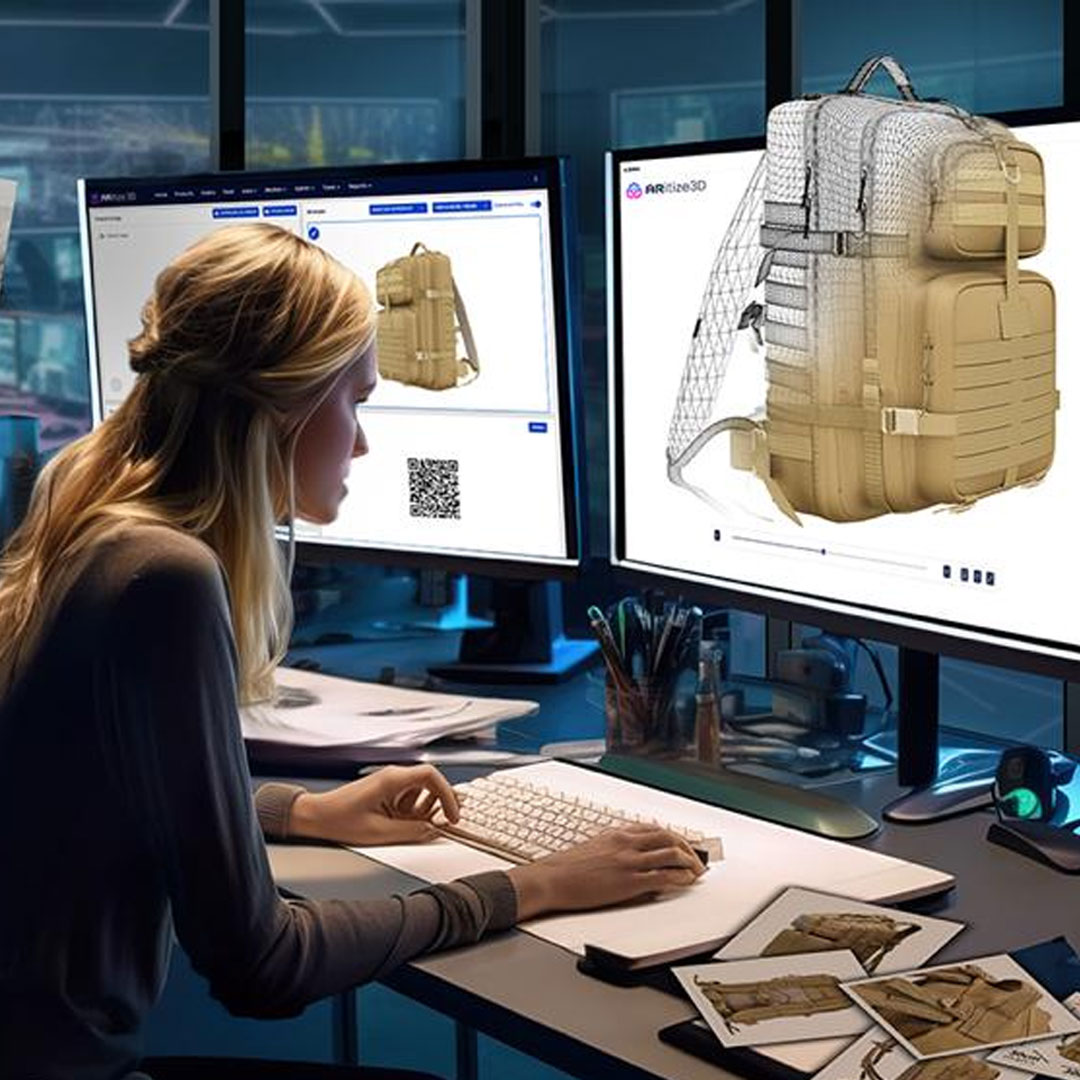Over the years, 3D modelling has experienced significant growth through the advancement of technology and the needs of various industries. From the early days of wireframe modelling to the latest innovations in digital sculpting and 3d Modelling, 3D modelling technology continues to evolve to meet the needs of designers and artists. In this article, we will examine the evolution of 3D modelling technology from its beginnings to the present day.
Wireframe Modeling:
Wireframe modelling is one of the oldest techniques used in 3D modelling. It involves creating a skeletal system of lines and dots to represent simple shapes of objects. Although simple, wireframe modelling was revolutionary at the time and allowed designers to create 3D objects on the computer for the first time.
Surface Modeling:
Tree modelling creates wireframes according to the principle of wireframe modelling by adding surfaces to create a multi-object representation. The technology is widely used to create detailed material models in industries such as automobile manufacturing and aerospace engineering.
Solid Modeling:
Solid Modeling works by creating a solid body with volume. The technology is widely used in engineering and manufacturing to create 3D models of mechanical components and other physical objects.
Parametric Modeling:
Parametric modelling is a form of modelling that allows designers to model objects using parameters such as size, angle, and images. These machines are versatile and can be used in industries such as manufacturing and construction.
More:
The Influence of Technology on Modern Graphic Design
How to find Graphic Design jobs: A Comprehensive Guide
Creating Stunning Visual Effects: A Guide to VFX in Film and TV
Digital Sculpting:
Digital sculpting is a new technology that is revolutionizing 3D modelling. Digital sculpture allows artists to sculpt 3D objects using virtual clay rather than starting from a skeleton. The technology is widely used in the entertainment industry to create detailed information and environments for movies, video games, and animations.
Conclusion:
The combination of technological advances has led to the development of 3D modelling technology and the creative requirements of various industries. From the simple wireframe models of the past to the sculptural shapes of today, 3D modelling technology continues to evolve to meet the needs of artists and designers. As technology continues to advance, it is exciting to imagine how 3D modelling technology will continue to evolve in the future.



.png)




No comments:
Post a Comment